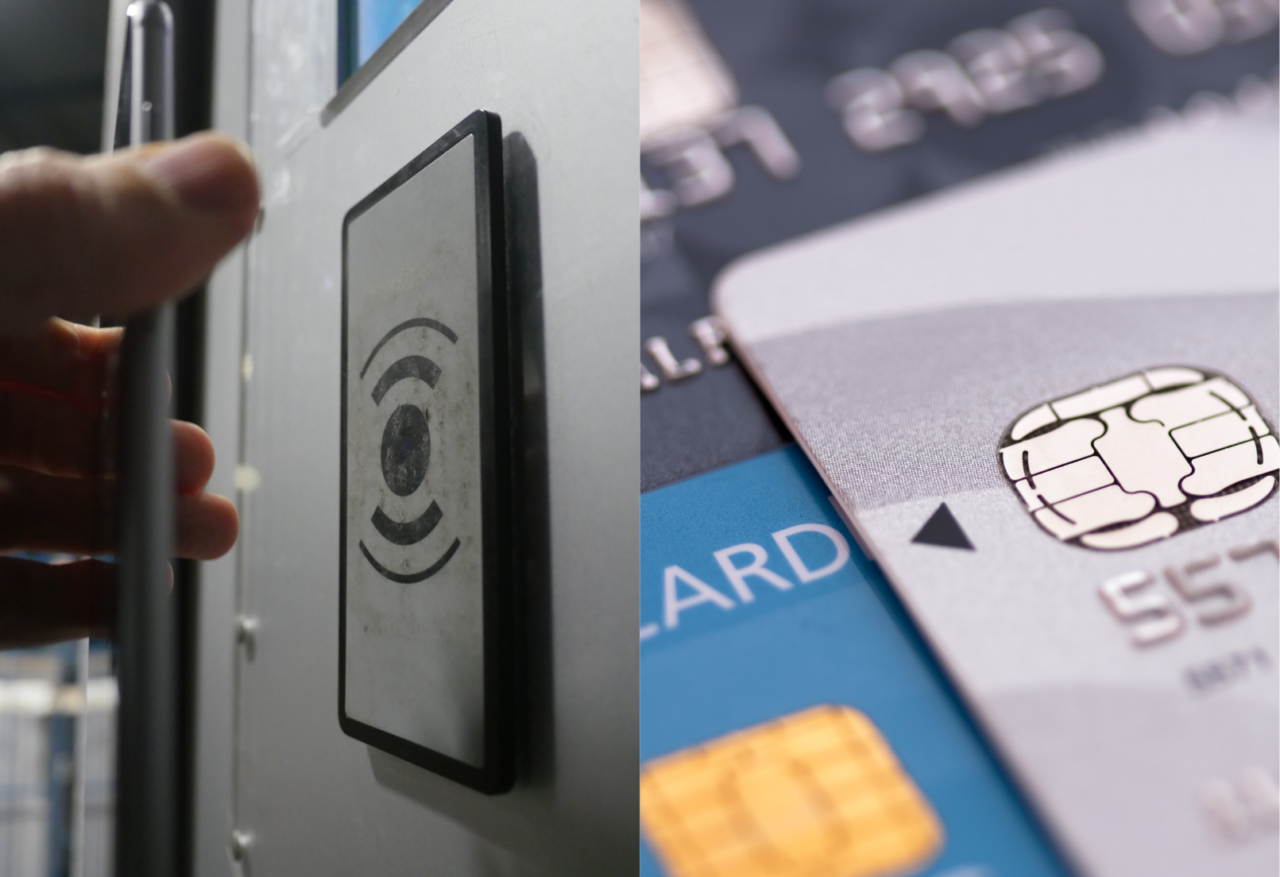NFC and EMV both refer to relatively new terms in payments technology. These two have changed the landscape of accepting credit and debit cards for merchants and consumers. But what are they and what is the difference between the two? They have fundamentally changed how a cardholder is able to use their cards to pay for a transaction in person and how the card communicates with the terminal to process the transaction. Here is a brief overview of the differences between NFC and EMV.
Cards that use EMV technology, or “chip cards,” have a small computer chip implanted on the card that communicates with the terminals to ensure you are not a fraudster. With the recent liability shift in previous years, merchants can now be responsible for some types of fraud if they do not process a chip card with an EMV enabled processing device. These types of transactions are commonly referred to as “Chip & Pin” or “Chip & Signature” because cardholders are required to insert the chip on the card into the terminal, and then enter their pin or sign the receipt to complete the transaction. EMV cards, which are much more secure, are steadily overtaking the standard magstripe cards as a new global standard.
NFC is a technology used in a multitude of contexts from product scanners and key fobs to file sharing and children’s toys. If a credit or debit card or NFC-enabled device is equipped with NFC, then they are able to pay for a purchase by simply holding their card close to the terminal, essentially facilitating contactless payments. The card needs to be within about an inch and half of the terminal in order for the communication to occur, NFC payments are also referred to as “Tap & Go,” or simply “Tap,” because the user can simply “tap” their card on the terminal’s surface to complete the transaction. Mobile and wearable payment technology, such as Apple Pay, also rely on NFC technology to complete transactions.
When EMV was introduced around the world, it had a significant impact on card-present fraud. Each time you process an EMV transaction, the payment creates a unique transaction ID that cannot be replicated, and the cards themselves are also more difficult for fraudsters to replicate compared to magnetic stripe cards. As a business owner, you’ll most likely find that many of your customers have credit and debit cards, along with their mobile wallet options, that they want to use to pay for a purchase. It’s vital that you are aware of these new payment technologies and how they affect your business and the way you accept payments.



